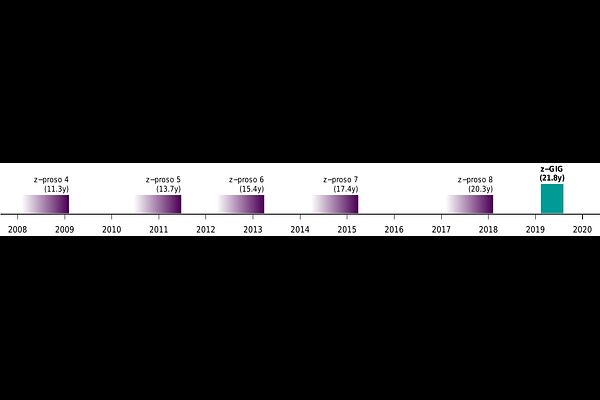Adolescent Peer Victimization Through a Trauma Lens: Heightened Startle Response, Increased Pupil Dilation, Elevated Cortisol, and Reduced Heart Rate Variability in Young Adulthood

Adolescent Peer Victimization Through a Trauma Lens: Heightened Startle Response, Increased Pupil Dilation, Elevated Cortisol, and Reduced Heart Rate Variability in Young Adulthood
Heumann, J.; Quednow, B. B.; Chumbley, J.; Eisner, M.; Ribeaud, D.; Shanahan, L.; Shanahan, M. J.
AbstractBACKGROUND: Adolescent peer victimization (PV) is a prevalent social stressor associated with potential long-term psychological and physiological consequences. Yet, the mechanisms underlying enduring alterations in stress-regulatory systems remain underexplored. This multimodal study examines autonomic, endocrine, and affective reactivity in young adults with a history of severe PV. METHODS: Eyeblink startle electromyograms, pupil dilation, hair cortisol, resting heart rate variability, and self-reported state anxiety were assessed in 182 young adults (age 22) with longitudinal data on adolescent PV (ages 11-20). Effects were estimated using a counterfactual framework with genetically informed inverse probability weighting --leveraging polygenic risk scores and genetic ancestry--and adjustment for time-varying confounders. RESULTS: Victims exhibited heightened startle amplitudes compared to controls, with negative stimuli (angry faces) further exaggerating amplitude and prolonging latency. Pupil dilation increased in response to negative stimuli, but was otherwise blunted. Victims also showed reduced resting heart rate variability, elevated hair cortisol, and slower state anxiety recovery across the session. Depression moderated several effects; more depressed victims showed hypocortisolism and reduced autonomic reactivity. CONCLUSIONS: Findings provide converging evidence and mechanistic insight into potential links between PV and trauma-like physiological effects, suggesting sustained alterations into young adulthood. Targeted interventions are needed to reduce PV and its stress-related dysregulation, preventing potential long-term psychiatric and societal sequelae. KEYWORDS: peer victimization, adolescence, startle response, autonomic regulation, HPA axis, stress reactivity